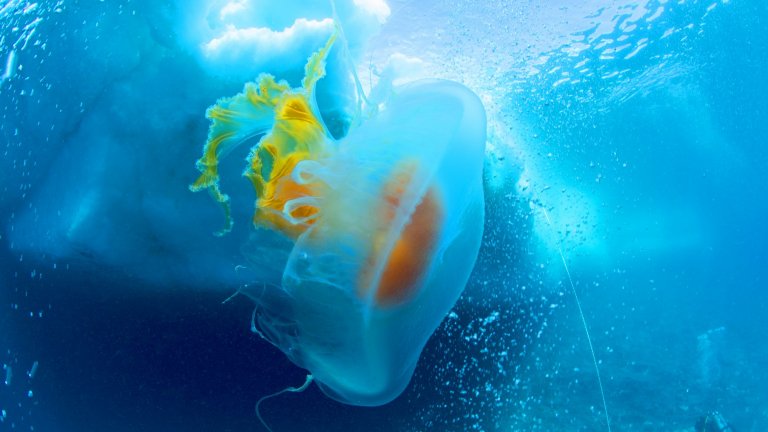
© Erwan AMICE / LEMAR / CNRS Images
View the mediaScientific news
The UN Ocean conference, held in Lisbon at the end of June, is part of to mobilize action aimed at starting a new chapter of global ocean action.

© Erwan AMICE / LEMAR / CNRS Images
View the mediaThe Ocean Conference, co-hosted by the Governments of Kenya and Portugal, comes at a critical time as the world is seeking to address the many of the deep-rooted problems of our societies laid bare by the COVID-19 pandemic and which will require major structural transformations and common shared solutions that are anchored in the 17 Sustainable Development Goals. To mobilize action, the Conference will seek to propel much needed science-based innovative solutions aimed at starting a new chapter of global ocean action.
An international mobilisation is necessary because the ocean covers 70 percent of the Earth’s surface. Ocean is the planet's largest biosphere, and is home to up to 80 percent of all life in the world. It generates 50 percent of the oxygen we need, absorbs 25 percent of all carbon dioxide emissions and captures 90 percent of the additional heat generated from those emissions. It is not just ‘the lungs of the planet’ but also its largest carbon sink - a vital buffer against the impacts of climate change.
Read our feature on plastic pollution in the oceans, one of the greatest environmental tragedies of recent decades. Explore other ocean-related issues (biodiversity, climate change...) thanks to a selection of photo and video reports that we have made for you.
Our work is guided by the way scientists question the world around them and we translate their research into images to help people to understand the world better and to awaken their curiosity and wonderment.